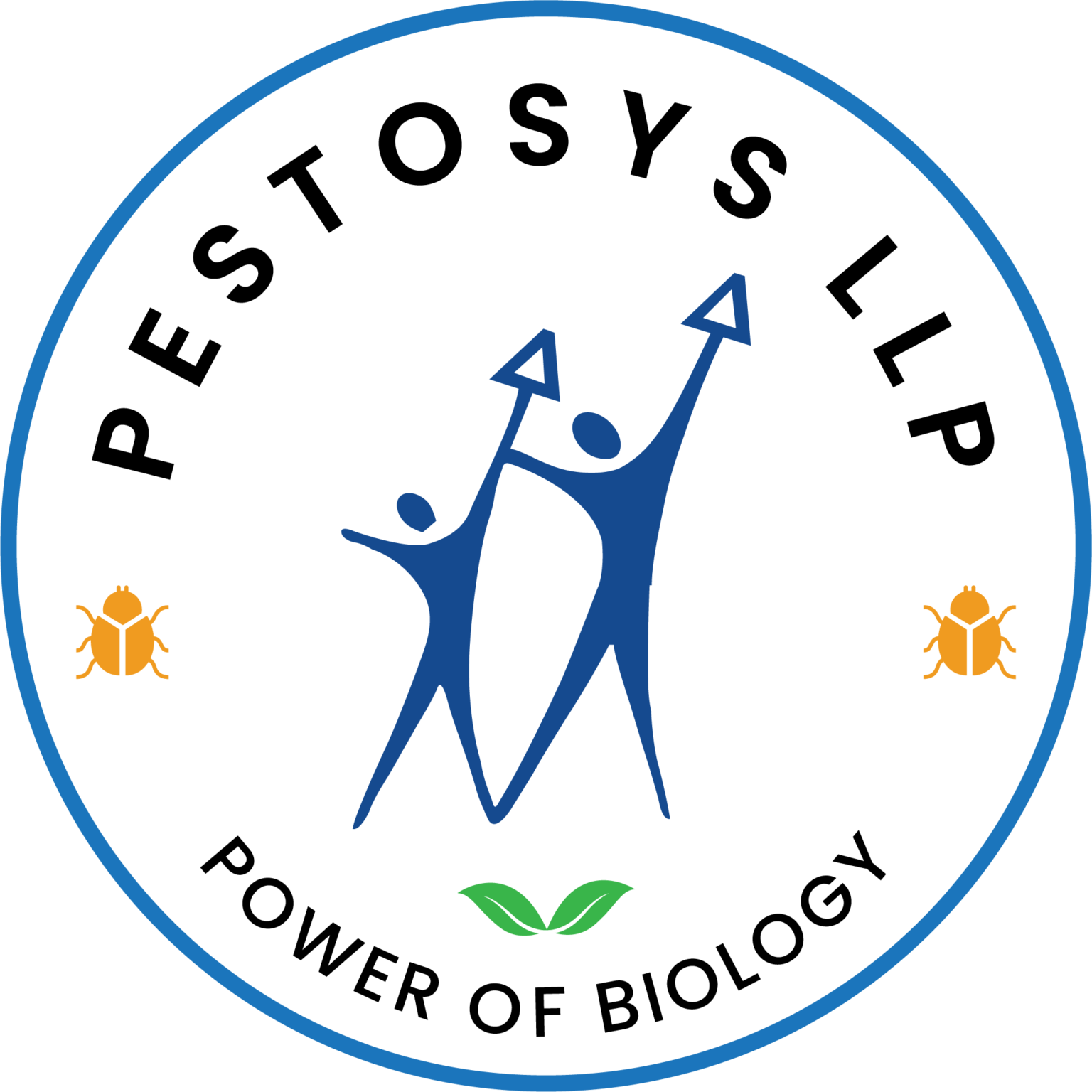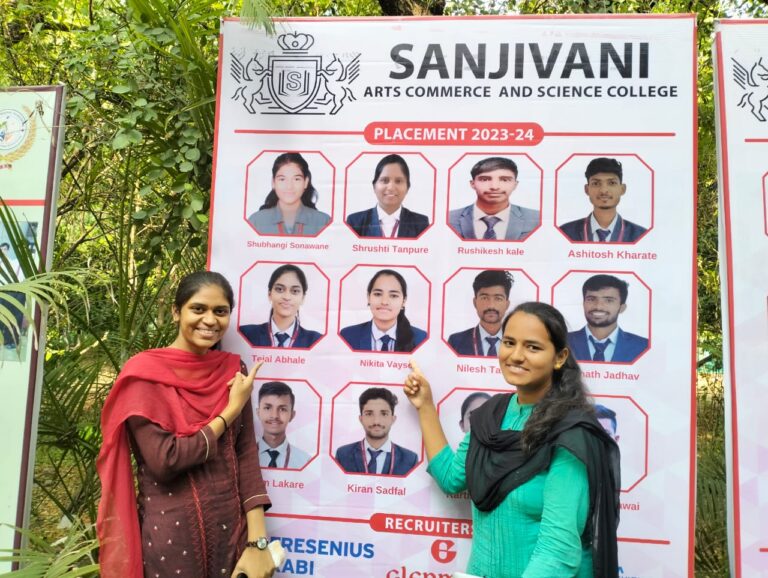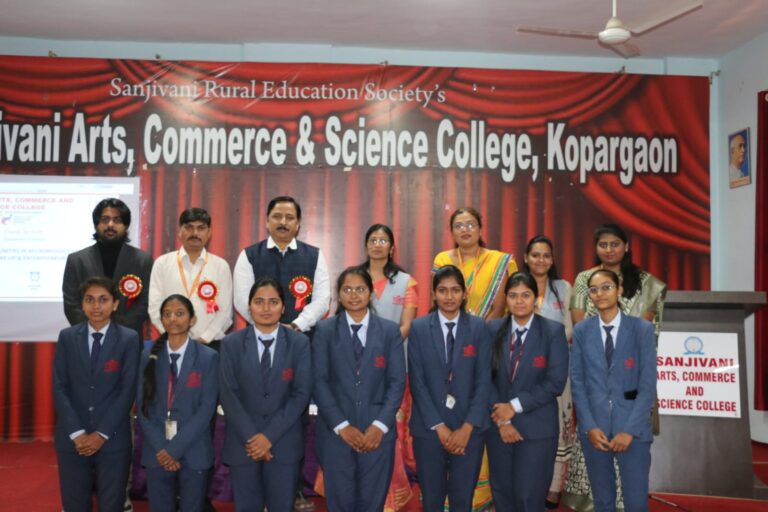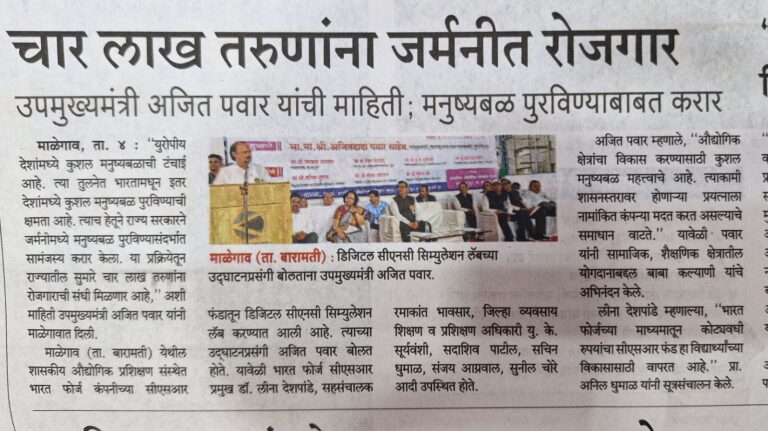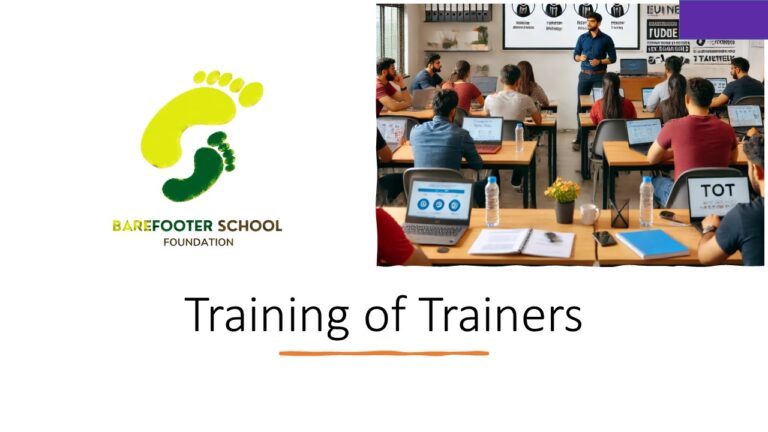Innovative Solutions for Urban Wildlife Management: Municipal Strategies for Stray Animal Control
Introduction
Urban areas around the world face significant challenges due to Stray Animals congregating around Solid Waste Sites. These Animals, which often include Dogs, Cats, Pigs, Cattle and even Donkeys, are drawn to these areas due to the availability of Food. However, this leads to numerous problems, such as the Spread of Disease, Increased Risk of Animal bites, Traffic Accidents and harm to the Animals themselves, who often ingest Hazardous Materials like Plastic, Metal or Glass. Addressing this issue effectively requires Innovative and Humane Strategies.
Background
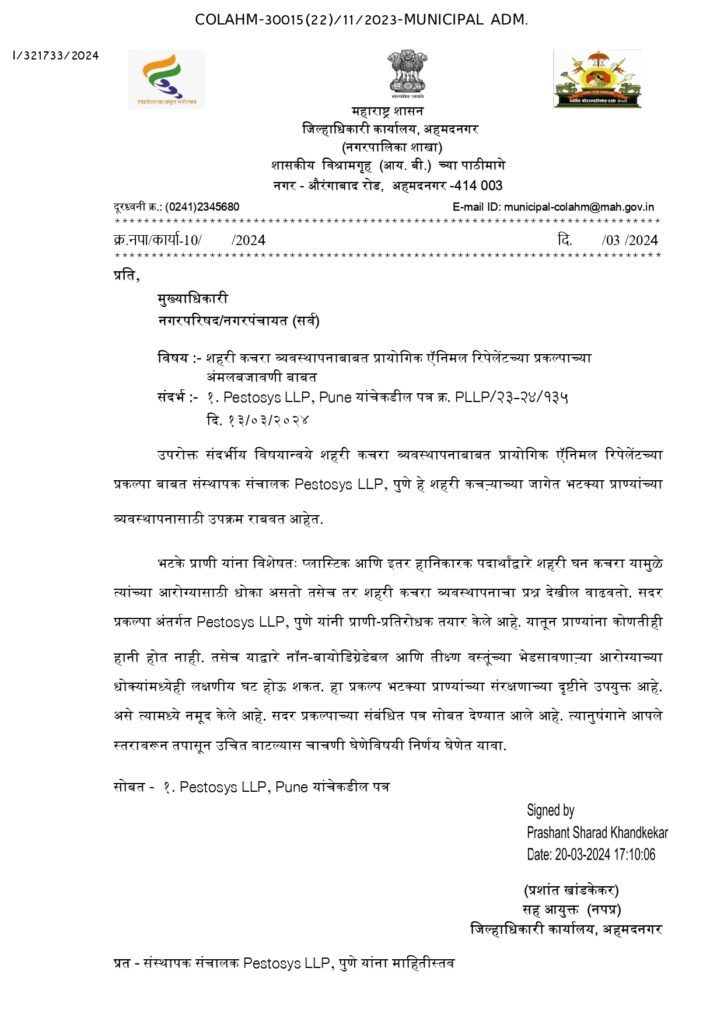
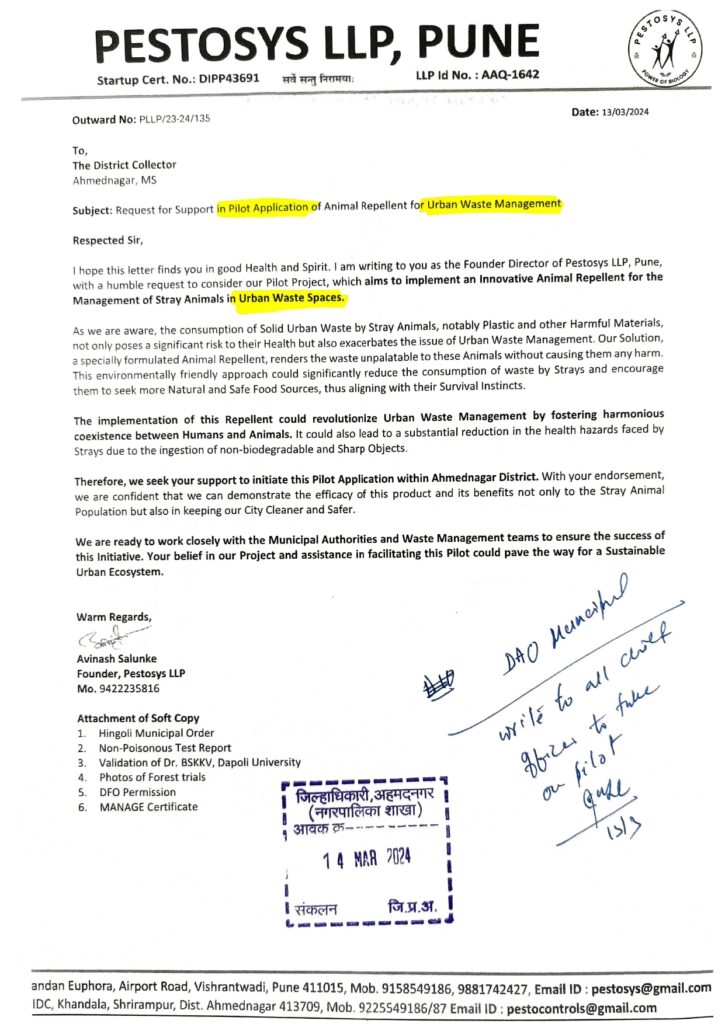
Recognizing the urgent need to manage Stray Animal Populations and protect Human and Animal Welfare, Mr. Siddharam Salimath, IAS Collector of Ahmednagar, has advised all Municipalities within the district to adopt a comprehensive Approach to Manage Solid Waste and mitigate the risks associated with Stray Animals.
Proposed Solution: “Animal Out” Deterrent Deployment
The “Animal Out” Solution is a Multi-Sensory Animal Repellent specifically designed to keep Stray Animals away from designated areas without causing them harm.
Here’s how Municipalities can leverage this technology:
- Drone-Based Application for Larger Cities:
Technology Integration: Utilize Drones equipped with Spraying Mechanisms to disperse “Animal Out” Repellent over large and inaccessible areas. This method allows for efficient and uniform coverage, especially in expansive Urban Settings.
Areas of Focus: Target Open Garbage Dumps, Landfill Sites and other Waste-Prone Areas that typically attract Stray Animals.
Benefits: Drones can access difficult terrain and spread the Repellent without direct Human intervention, reducing labour costs and increasing the Safety of the operation.
- Pump-Operated Spraying for Smaller Areas:
Manual Deployment: Use Pump-Operated Sprayers to apply “Animal Out” in smaller or more contained areas. This approach is cost-effective and can be easily managed by Local Municipal Workers.
Focused Application: Ideal for smaller towns with Specific Problem Areas that need targeted Intervention.
Community Involvement: Engage Local Communities in the Spraying Initiative, fostering a cooperative approach to Stray Animal Management.
Pilot Project Implementation
Phase 1: Initial Roll-Out
Begin with a Pilot Project in a select area within Ahmednagar District to test the effectiveness of the “Animal Out” Repellent using both Drone and Manual Spraying Techniques.
Phase 2: Evaluation
Monitor the results closely to evaluate the impact on Stray Animal Movements and Incidents of Animal bites or accidents. Gather feedback from the community and Municipal workers on the Practical aspects of the Repellent Application.
Phase 3: Expansion
Depending on the success of the Pilot, gradually expand the Project to cover more areas within the District, adjusting Strategies based on lessons learned during the Initial Phases.
Community Engagement and Education
Public Awareness Campaigns: Launch Educational Campaigns to inform Residents about the reasons behind the Stray Animal Management initiatives and how they can assist.
Safety Workshops: Conduct Workshops on Safe waste disposal Practices and the importance of not feeding Stray Animals, which can exacerbate the problem.
Volunteer Programs: Encourage Local volunteers to participate in Monitoring and Maintaining treated areas, fostering community Involvement and Support.
Conclusion
The collaboration between Municipalities and the guidance provided by Mr. Siddharam Salimath aim to create a Safer and Healthier Environment for both Citizens and Animals. By using Innovative technologies and Community-Driven Approaches, Ahmednagar District can become a model for effective Urban Wildlife Management, promoting harmony and Safety in its communities. This initiative not only addresses the immediate issues posed by Stray Animals but also contributes to Broader Environmental and Public Health Goals.
